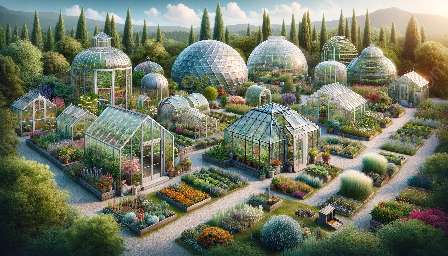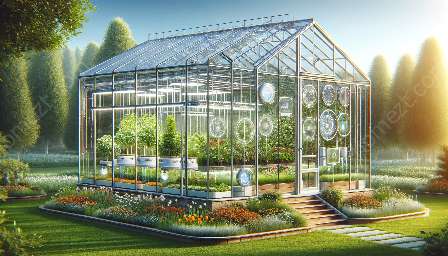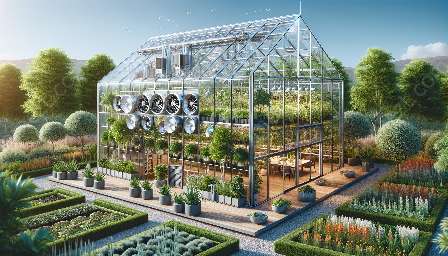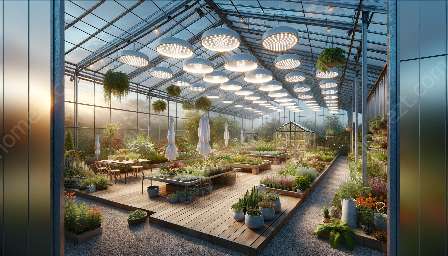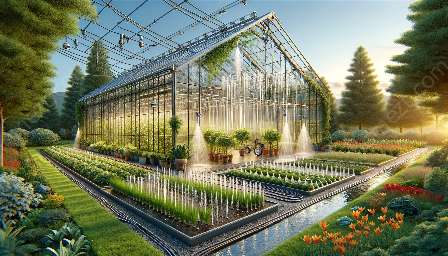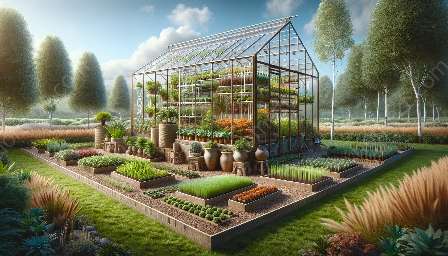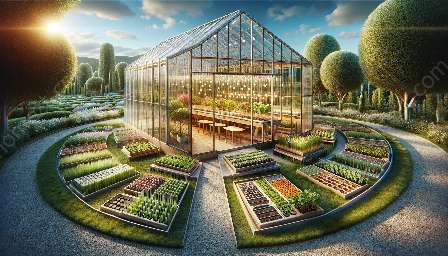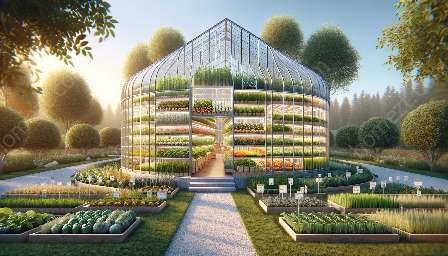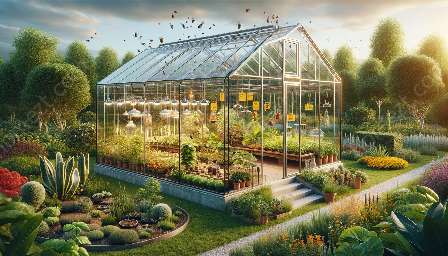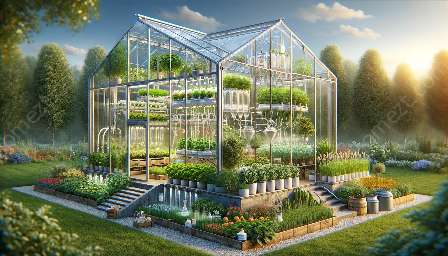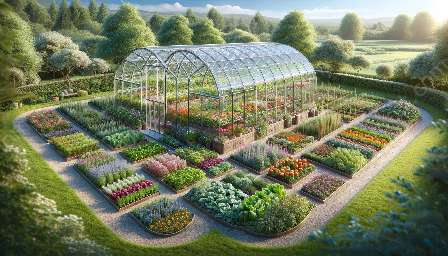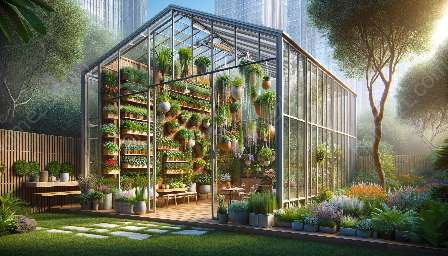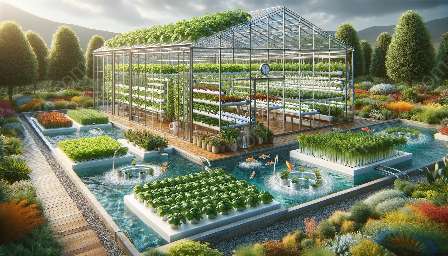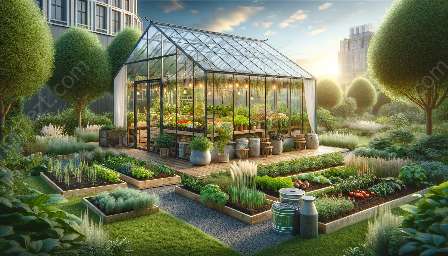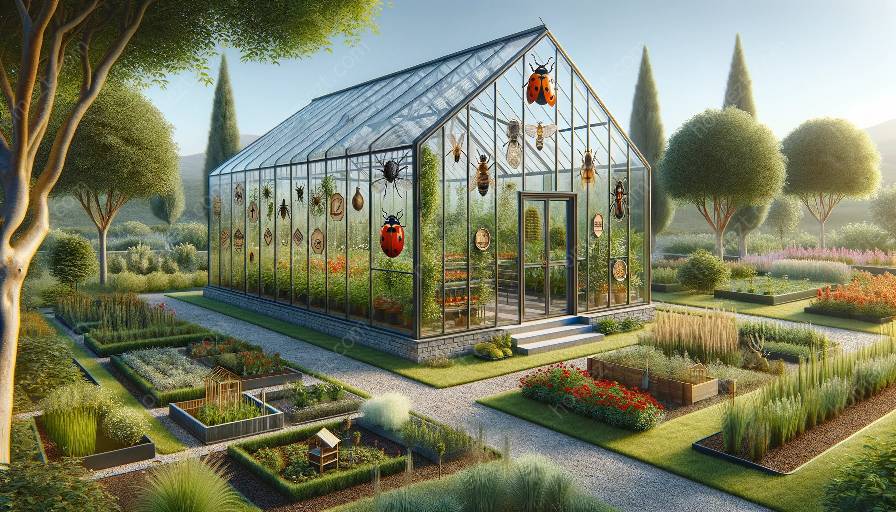Greenhouse gardening opens up a world of possibilities for plant cultivation, but it also comes with its unique set of pest management challenges. In this article, we will explore the concept of integrated pest management (IPM) and how it can be effectively utilized in greenhouse gardening to maintain a healthy and thriving garden. We will delve into various strategies and natural solutions that can be incorporated into greenhouse gardening practices to control pests while minimizing the impact on the environment.
The Concept of Integrated Pest Management (IPM)
Integrated Pest Management (IPM) is a holistic approach to pest control that focuses on long-term prevention and management of pests through a combination of techniques such as biological control, habitat manipulation, modification of cultural practices, and the use of resistant varieties. It aims to suppress pest populations below the level that causes economic injury while minimizing risks to the environment and non-target organisms.
Unlike conventional pest control methods that rely heavily on chemical pesticides, IPM emphasizes the use of natural and eco-friendly solutions to manage pest populations. It considers the ecosystem as a whole and aims to strike a balance between pest control and environmental sustainability.
Implementing IPM in Greenhouse Gardening
Greenhouse gardening provides a controlled environment for plants, but it also creates favorable conditions for the proliferation of pests. To effectively implement IPM in greenhouse gardening, gardeners can adopt a comprehensive approach that integrates various strategies and techniques.
- 1. Pest Monitoring and Identification: Regular monitoring of the greenhouse environment is essential to identify and track pest populations. By understanding the specific pests affecting the plants, gardeners can tailor their pest control strategies and choose the most appropriate methods for management.
- 2. Cultural Controls: Manipulating the greenhouse environment and cultural practices can create conditions that are less favorable for pests. This may include proper sanitation, crop rotation, and adjusting temperature and humidity levels to deter pest infestations.
- 3. Biological Control: Introducing natural predators, parasites, or pathogens that target specific pests can help maintain pest populations at manageable levels. Beneficial insects, such as ladybugs and predatory mites, can be introduced into the greenhouse to prey on harmful pests.
- 4. Mechanical and Physical Controls: Physical barriers, such as screens and nets, can be used to exclude pests from the greenhouse. Additionally, hand-picking and trapping can be employed to physically remove pests from the plants.
- 5. Use of Low-Impact Pesticides: When conventional pesticides are deemed necessary, selective and low-impact options should be preferred. This may include the use of insecticidal soaps, neem oil, or horticultural oils, which have minimal impact on beneficial organisms and the environment.
Advantages of IPM in Greenhouse Gardening
Integrating pest management into greenhouse gardening practices offers numerous benefits that contribute to the overall health and sustainability of the garden environment. Some key advantages include:
- 1. Reduced Reliance on Chemical Pesticides: By incorporating natural and preventive methods, the reliance on chemical pesticides can be minimized, reducing the potential negative impact on the environment and human health.
- 2. Preservation of Beneficial Organisms: IPM aims to protect and promote the presence of beneficial insects, microorganisms, and other organisms that contribute to the ecological balance within the greenhouse environment.
- 3. Sustainable Pest Control: The use of IPM strategies aligns with sustainable gardening practices, fostering a more balanced and resilient ecosystem within the greenhouse.
- 4. Cost-Efficiency: Long-term pest management through IPM can lead to cost savings by reducing the need for frequent chemical applications and minimizing the impact of pest-related damage on plant yields.
Conclusion
Integrated Pest Management (IPM) is a vital component of successful greenhouse gardening, offering a sustainable and environmentally conscious approach to pest control. By understanding the principles of IPM and implementing effective strategies, gardeners can maintain a thriving and healthy garden while minimizing the reliance on chemical pesticides and preserving the natural balance within the greenhouse environment.
References
1. Cloyd R. A. (2009). Biology and Management of Greenhouse Arthropod Pests, Chapter 10: Ethical and Environmental Aspects of Pest Management. Ball Publishing.
2. Flint, M. L. & van den Bosch, R. (1981). Introduction to Integrated Pest Management. Plenum Press.
3. Greenhouse Grower. (2021). How Integrated Pest Management Has Evolved in Greenhouse and Nursery Operations. https://www.greenhousegrower.com/management/how-integrated-pest-management-has-evolved-in-greenhouse-and-nursery-operations/


